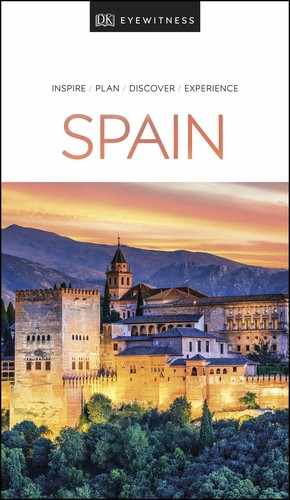A Brief
History
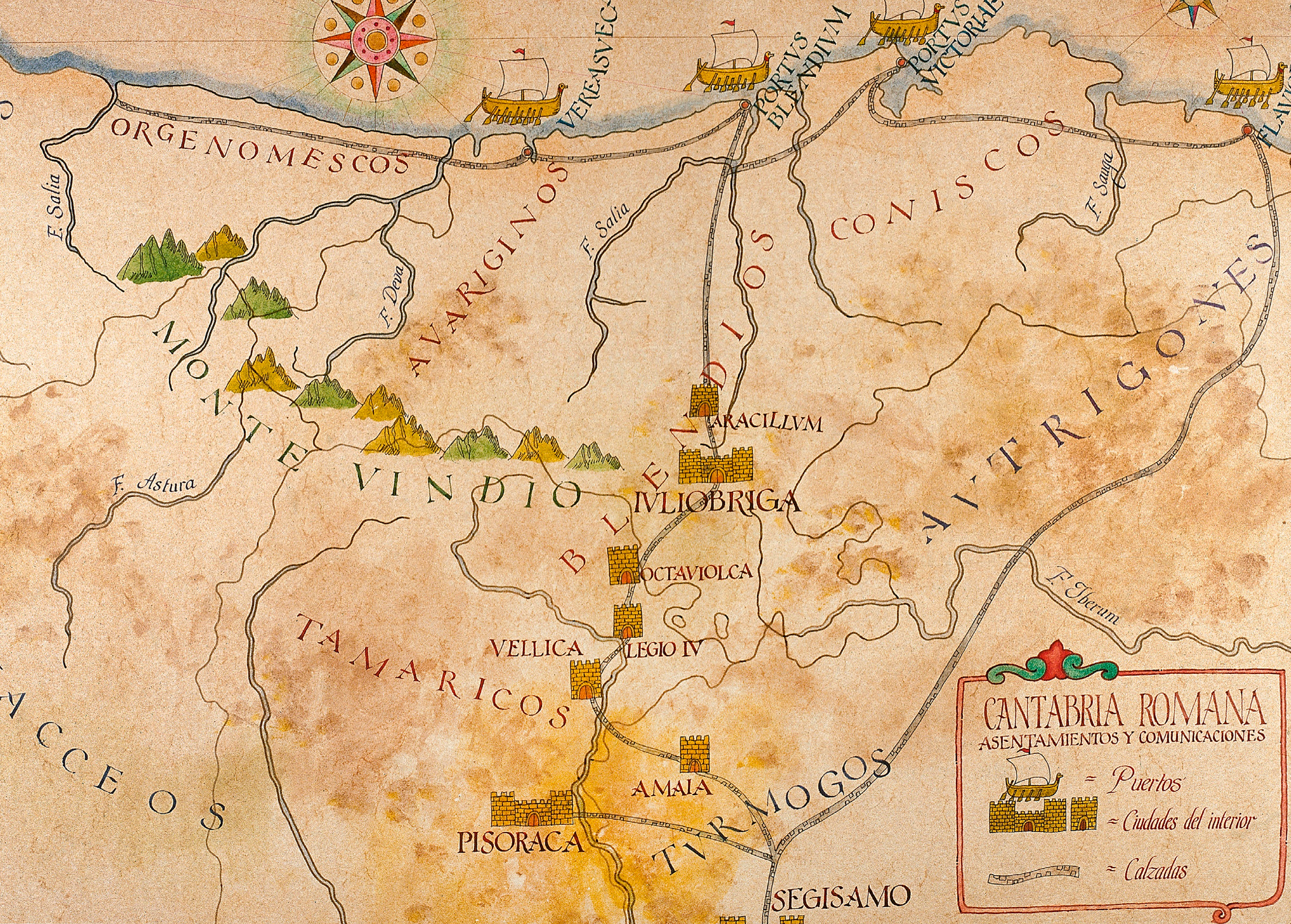
t A map showing the Roman settlements in the Spanish region of Cantabria.
Spain’s history is beleaguered by power struggles. Foreign influences can be felt everywhere from Segovia’s Roman aqueduct to the Moorish Alhambra and the spectre of Franco’s dictatorship still looms large. Today, Spain is an inclusive democracy, where this disparate past is celebrated.
Prehistoric Spain
Tribes of early humans first settled on the Iberian Peninsula in around 800,000 BC. In 5000 BC, these hunter-gatherers were usurped by Neolithic farmers. Next, merchants arrived from across the Mediterranean, starting with the Phoenicians in around 1100 BC. Some 500 years later, the Greeks settled in the northeast and the southeast was occupied by the Carthaginians in 228 BC. During this time, Celts assimilated with the native tribes, resulting in the Celtiberians. This melting pot of cultures coexisted harmoniously until the Romans invaded.
Hispania
The Iberian population fiercely fought their Roman invaders, and it took the Romans over 200 years to subdue the peninsula. The new conquerors named the land Hispania and divided it into three provinces: Tarraconensis, Lusitania and Baetica. In time, they built cities with typical Roman infrastructures and in AD 74 Emperor Vespasian granted the people of Hispania the right to trade, travel and vote. After centuries of prosperity and development, the fall of the Western Roman Empire in 476 left Hispania in the hands of the Visigoths, a nomadic Germanic tribe.
Al-Andalus
North African Arabs and Berbers known as the Moors took advantage of the Visigoths’ lack of political organization in 711 and conquered the peninsula. At its height, al-Andalus – as they called their new territory – included part of southern France. During the subsequent 700 years, the Moors made great strides in the fields of mathematics, science, art and architecture. A rich and powerful caliphate was established in Córdoba and the city became the epicentre of these al-Andalusian advances.
The Reconquista and Inquisition
The Reconquest (reconquista) of Muslim Spain by Christian fighters started almost as soon as the Moors took control. The resistance won its first battle in Covadonga in 722, but it took another 700 years for them to win the war. By the 11th century, the peninsula was split into the Christian north – comprising the five kingdoms of León, Castile, Navarra, Aragón and Catalonia – and the Muslim south. When the Christians captured Seville in 1248, Granada became the last remaining Moorish enclave in the area.
The marriage of Isabel I of Castile and Fernando II of Aragón in 1469 saw their two kingdoms united in diplomatic and religious matters – acting as the blueprint for the unification of the Iberian territories that would eventually become Spain. In their united kingdom, the “Catholic Monarchs”, as they came to be known, instigated the Spanish Inquisition – a brutal religious purge which sought to spread Catholicism and rid the country of the Protestants, Jews and Muslims that had previously coexisted here. Their reign also saw the completion of the reconquista, when Granada was taken in 1492.
The Golden Age of Discovery
Towards the end of 1492, Christopher Columbus – the explorer and colonist – landed in the New World. During the ensuing years, conquistadors travelled to Central and South America, decimating indigenous populations and establishing colonies for the Spanish Crown. They returned with crops, such as potatoes, maize and cocoa, as well as vast wealth. In the 16th century, huge quantities of gold and silver were plundered from the Americas, and Carlos I, and then his son Felipe II, used some of these riches to fight Protestantism in Europe. Most famously, in 1588, Felipe II launched the doomed Spanish Armada, which aimed to overthrow England’s Protestant Queen Elizabeth I.
This wealth also led to a Spanish Golden Age – a time of prolific artistic and literary achievements, led by painters such as El Greco and Velázquez, writers like Cervantes, and the dramatists Lope de Vega and Calderón de la Barca. But this brilliance occurred against a backdrop of economic deterioration and ruinous wars with the Low Countries and France. Spain was gradually losing its influence in Europe and the reigning house of Habsburg entered irreversible decline.
The Rise of Republicanism
When Carlos II died without an heir, the Habsburgs and Bourbons fought over the Spanish crown. The latter were victorious, but Napoleon invaded in 1807, sparking the Peninsular War. Peace was short lived, with the Carlist Wars beleaguering the country between 1833 and 1876. Spain’s First Republic was declared in 1873, but lasted little over a year. In 1874, the monarchy was restored, but corruption fostered anarchism. The country’s increasing instability was briefly checked by Primo de Rivera, who seized power in 1923, but he lost the support of the king and army in 1930 and resigned. Following a public vote, Alfonso XIII was also forced to abdicate and the Second Republic was declared in 1931.
Franco’s Spain
The Second Republic implemented liberal measures but the Confederación Española de Derechas Autónomas – a conservative party – won the 1933 elections. In response, anarchists and socialists rose up in 1934. Another election in 1936 saw the liberal Popular Front narrowly defeat the right-wing National Front. Political tensions came to a head and Civil War broke out. The Nationalists, led by General Franco, took control of swathes of Spain, but were halted outside Madrid. Support from Hitler and Mussolini helped them to take the capital in 1939, and Franco installed himself as a dictator. Under Franco, Spain was a fascist state, ruled by a single party. All cultural diversity was suppressed in an attempt to make the country homogenized, and the legal use of Basque, Catalan and Galician was banned.
Spain Today
Franco named Juan Carlos, Alfonso XIII’s grandson, as his heir. He inherited Franco’s absolute power, but chose not to exercise it, instead installing himself as a constitutional monarch and considerable power was devolved to the regions. In 2017, Catalonia held an unauthorized referendum for unilateral independence. Separatists hailed the victory as a landslide, despite the fact that it was illegal. The resulting factionalism bolstered the far-right Vox party in the 2019 election, but the socialist Partido Socialista Obrero Español proved victorious.
Did You Know?
The Roman name Hispania means “Nearer Iberia”.
Did You Know?
Despite lasting only a year, the First Republic saw four separate presidents.
Santiago
One of the 12 apostles, St James (Santiago in Spanish) is the patron saint of Spain and his remains are supposedly held in the cathedral at Santiago de Compostela. It is said that St James miraculously appeared to fight for the Christian army at the Battle of Clavijo in 844 and was subsequently known as Santiago Matamoros (St James the Moor-slayer), an emblem of the reconquista.
DISCOVER A Brief History
Timeline of events |
800,000 BCHomo erectus arrives in the Iberian Peninsula. |
5000 BCFarming begins in the Iberian Peninsula. |

1100 BCPhoenicians arrive and found what is now Cádiz. |

218 BCThe Second Punic War begins and Rome starts to take control of the peninsula. |
19 BCAugustus consolidates Roman control of what became known as Hispania, ending 200 years of war. |
AD 74Emperor Vespasian grants Latin status to all towns in Hispania, completing the assimilation of the territory into the empire. |
415The Visigoths establish their court in Barcelona. |
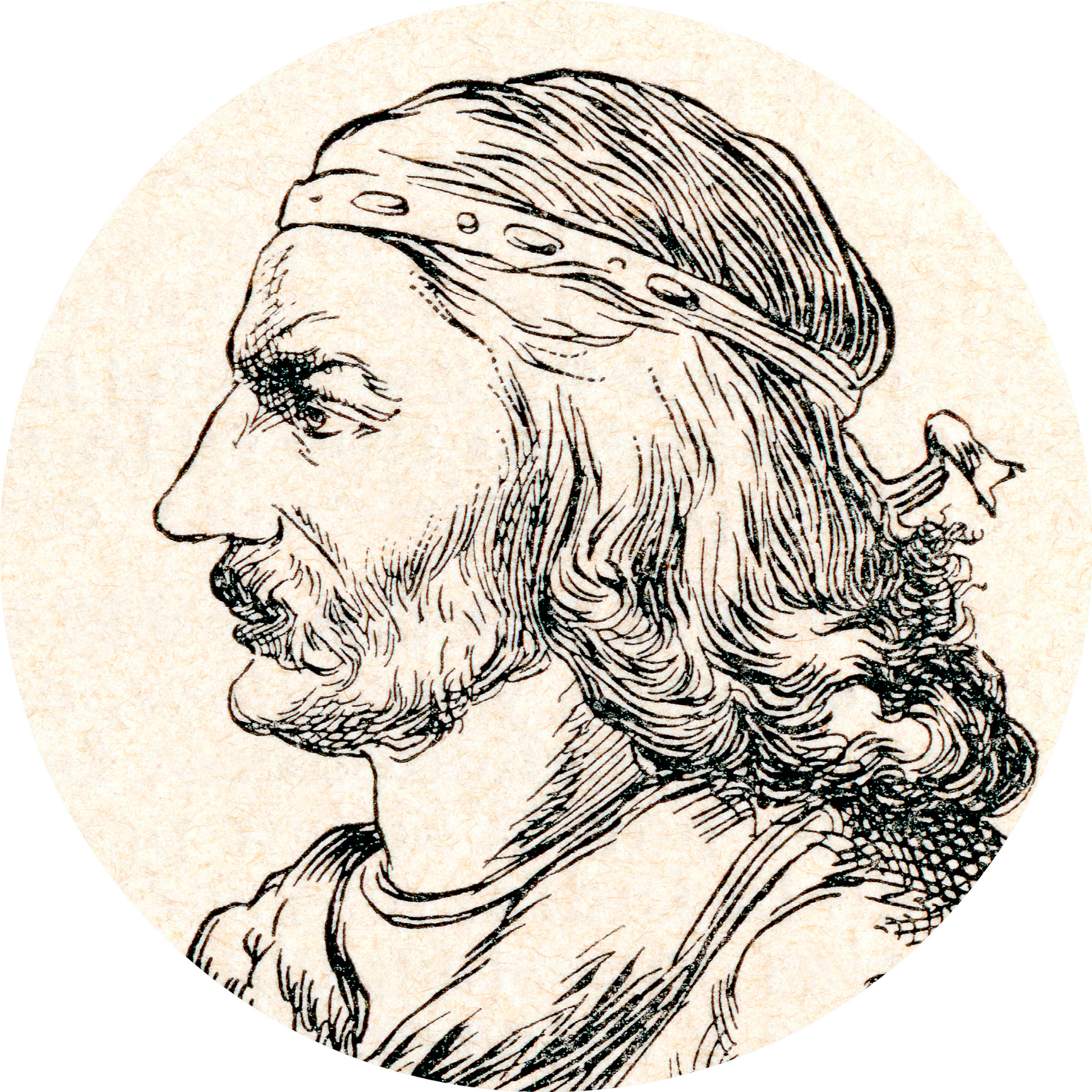
476Western Roman Empire falls, leaving Hispania under the control of the Visigoths. |
711The Moors take control of the peninsula from the Visigoths. |

716First recorded use of “al-Andalus” on coinage. |
1037León and Castile are united for the first time under Fernando I. |

1094The legendary Castilian fighter El Cid captures Valencia, inspiring the Poema de Mio Cid. |
1143Portugal becomes a separate Christian kingdom. |
1248Seville is reconquered from the Moors. |

1469Marriage of Fernando and Isabel unites Castile and Aragón. |
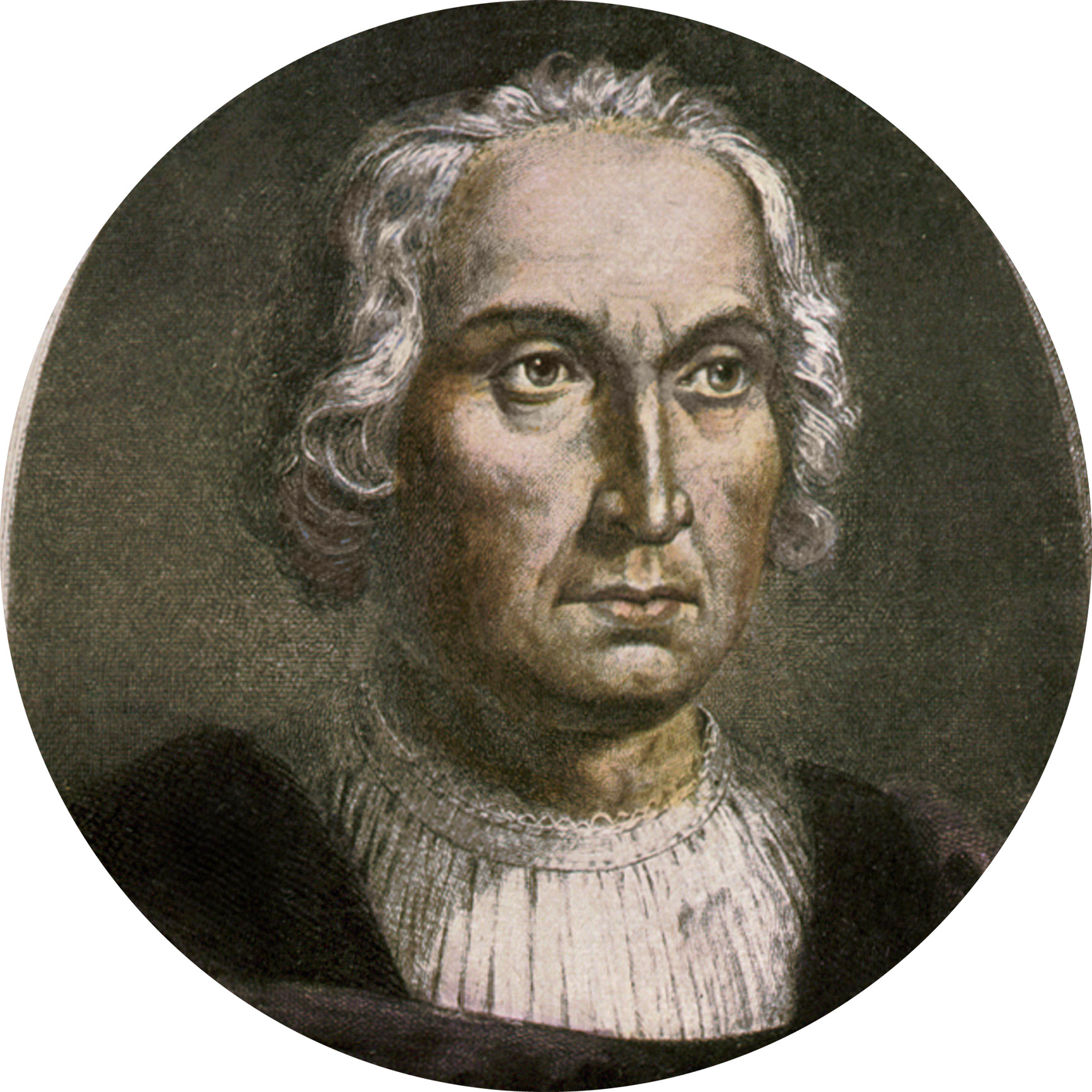
1492Fall of Granada; Columbus sets sail for the New World. |
1512Navarra is annexed, leading to the full unification of Spain. |
1540Father Bartolomé de las Casas writes a book denouncing the oppression of indigenous people. |

1605Publication of the first of two parts of Cervantes’ Don Quixote. |
1648Holland achieves independence from Spain by the Treaty of Westphalia. |
1700Death of Carlos II brings Habsburg line to an end. Felipe V, the first Bourbon king, ascends the throne. |
1833–9First Carlist War takes place. |
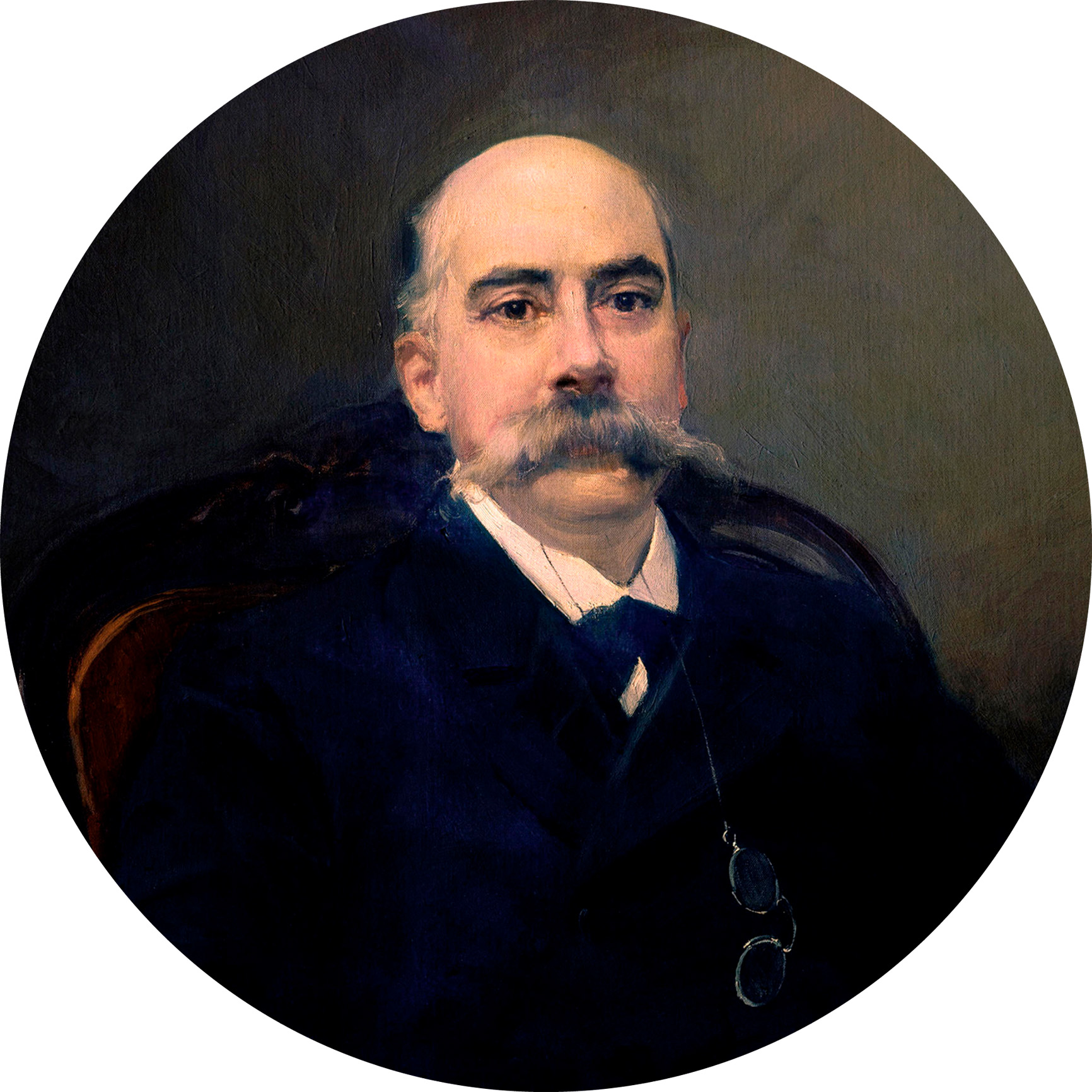
1873The First Republic is declared. |
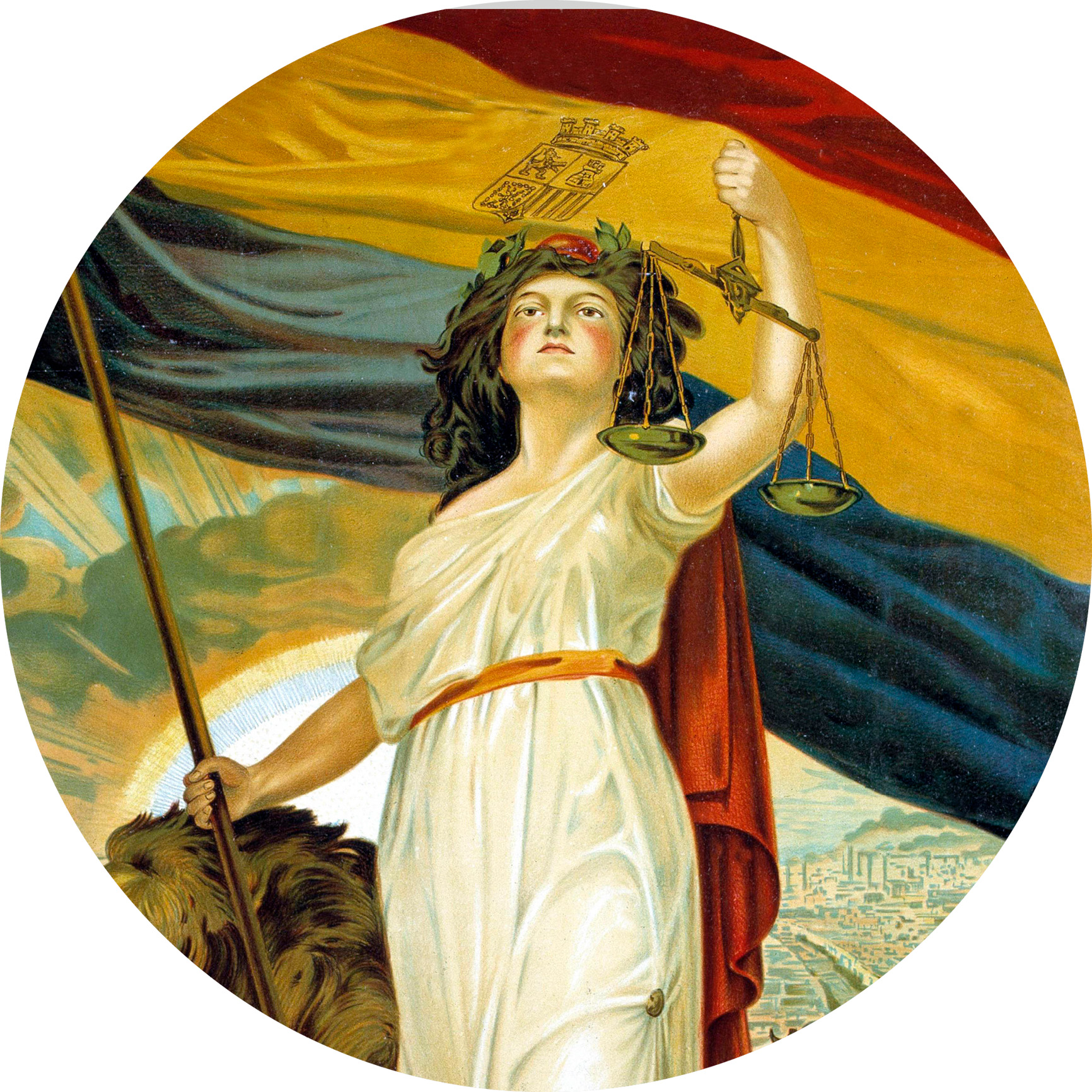
1931The Second Republic is declared, with a coalition between Socialists and Republicans. |
1936Nationalists rise up against the government and the Spanish Civil War begins. |
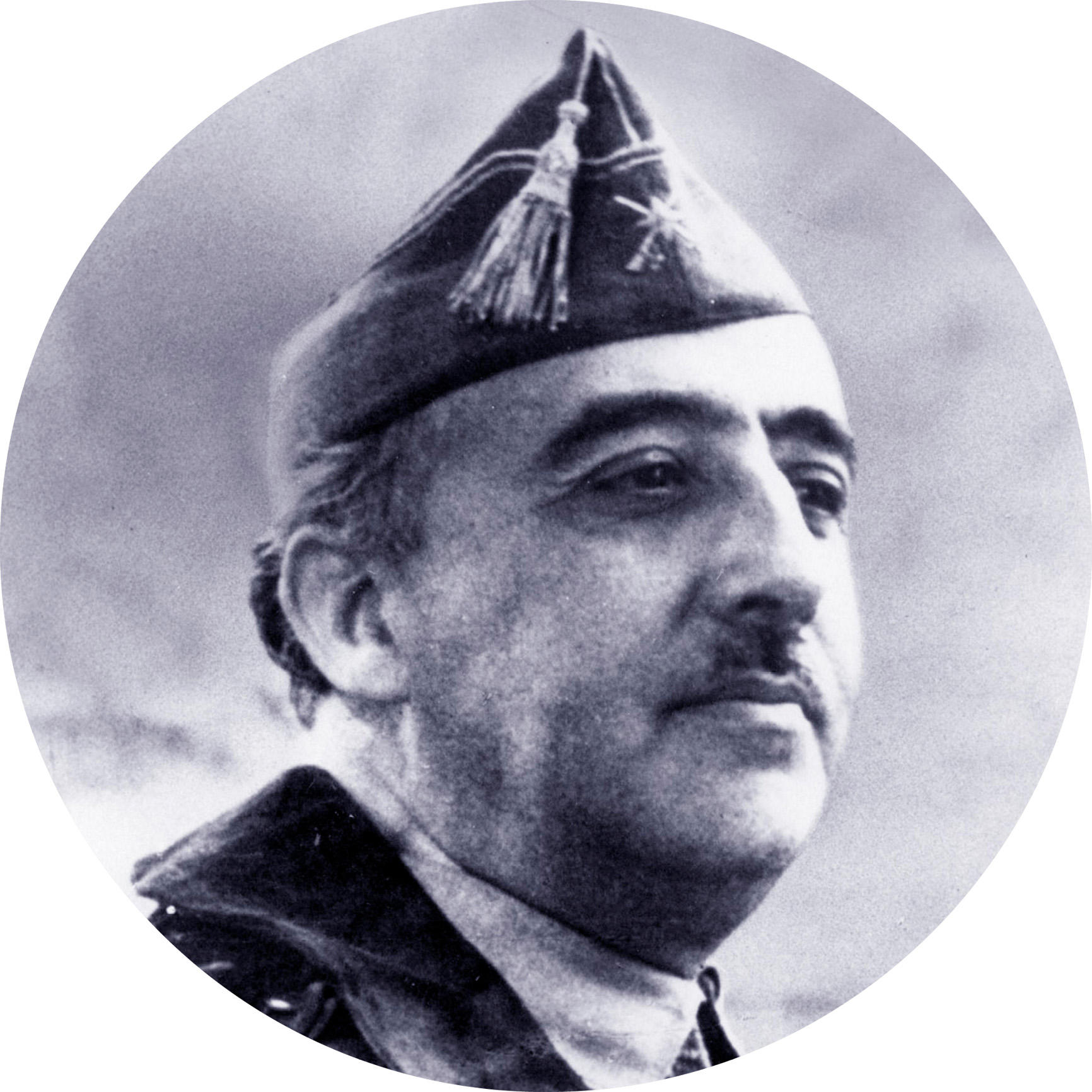
1939Francisco Franco declares victory and installs himself as a military dictator over Spain. |
1975Death of Franco results in third Bourbon restoration as Juan Carlos is proclaimed king. |
1986Spain joins the European Community (now the European Union) and NATO. |
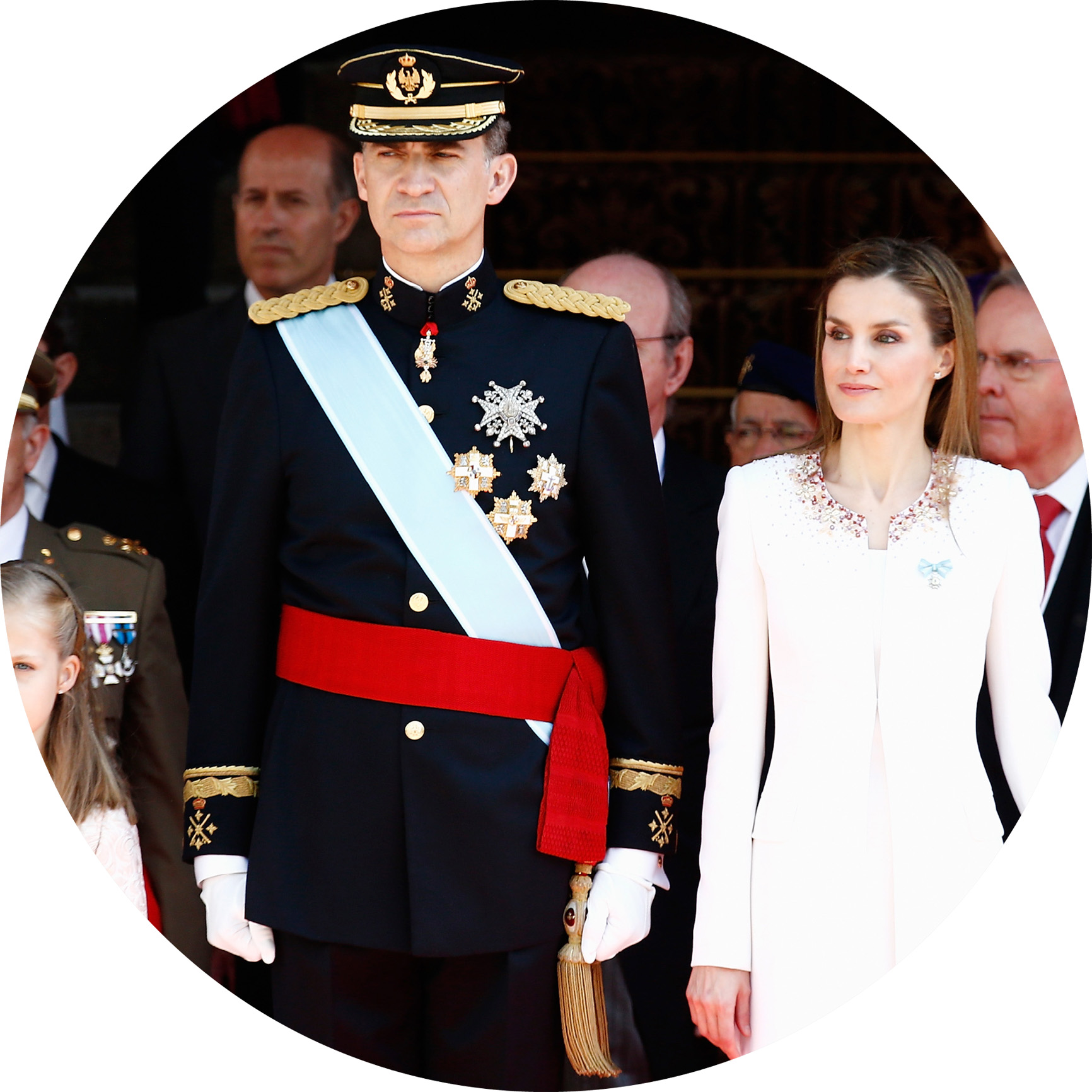
2014Felipe VI is crowned king. |
2019On 8 March, International Women’s Day, over 5 million women walk out of work to march through the streets. |
